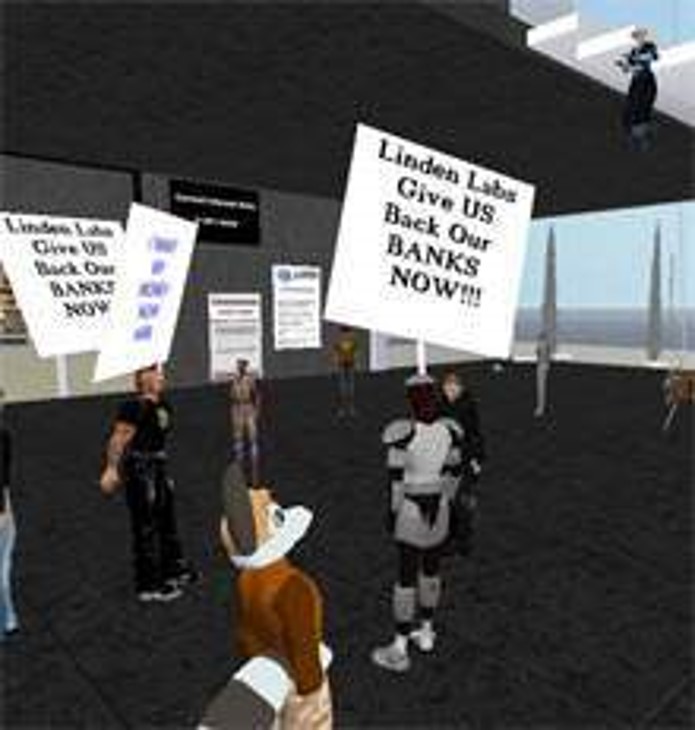
Vitalik Buterin, the guy who created Ethereum cryptocurrency and smart contracts, blogged the other day about what happens when AI and blockchain collide. Funnily enough, that’s the theme of my new book Intelligent Money.
Vitalik cites four major areas where blockchain and AI will make a difference, and each has different ramifications. The focal point around his view is likening blockchain and AI to a game, and the thoughts and use cases of how you play the game. In this context, he sees four clear areas where AI and blockchain come together:
- AI as a player in a game [highest viability]: AIs participating in mechanisms where the ultimate source of the incentives comes from a protocol with human inputs.
- AI as an interface to the game [high potential, but with risks]: AIs helping users to understand the crypto world around them, and to ensure that their behaviour (i.e. signed messages and transactions) matches their intentions and they do not get tricked or scammed.
- AI as the rules of the game [tread very carefully]: blockchains, DAOs and similar mechanisms directly calling into AIs. Think e.g. "AI judges"
- AI as the objective of the game [longer-term but intriguing]: designing blockchains, DAOs and similar mechanisms with the goal of constructing and maintaining an AI that could be used for other purposes, using the crypto bits either to better incentivize training or to prevent the AI from leaking private data or being misused.
These are explained in far more depth in his blog, but I simplify this to a different space. That space is a question. The question is: what happens when virtually augmented reality, the metaverse, artificial intelligence and cryptocurrencies collide?
Hmmmm …
I’m sure some of you will say that you already live in an alternative reality of networked amazement. I would rather say that we do have an alternative reality … based on reality. The key to this is that money, currency, payment and value – whether real or virtual – is based upon real world operations and values.
I learned this lesson years ago, when dealing with governments and banks about regulations. Banks haven’t asked for thousands of regulations. They have them because they’re needed. The idea is to keep the system safe and secure, reliable and resilient, trusted and tenable.
So, if you create an alternative universe that is not based on reality but is virtual reality, what is the financial system required? Well, the same one we have already. It does not mean the same players and companies, but the structure of finance has emerged and evolved over centuries as that very system that can be trusted. Do you want another one? Tough, as it isn’t going to happen.
What will happen is a flood of companies that understand how virtually augmented reality, the metaverse, artificial intelligence and cryptocurrencies collide, and create a whole new range of companies that can support such developments.
They will be new, different and many unrelated to the boring banks of old, but they will still be banks that are regulated, insured and trusted in the same way as our boring banks of today are.
Can I prove it?
Yes: December 2008.
Back in 2008, Second Life – a virtual world – allowed commerce to be transacted by converting real US dollars to virtual dollars and, as a result, everyone started to test commerce in virtual worlds through the service. For example, several banks invested in major projects in Second Life, including ING, Wells Fargo, SAXO Bank and Deutsche Bank.
However, several banks also operated in Second Life that were managed by guys in their bedrooms. These included banks such as Ginko Bank, run by a Brazilian chap at home.
The trouble Ginko Bank experienced started when internet gambling was forced to close under US Laws. The management of Second Life decided that they also had to close access to gambling in virtual worlds in July 2007 to comply with this policy, which led to a major run on the virtual banks.
Until this date, a lot of the commercial transactions taking place in Second Life, where people converted real US dollars to Linden dollars, were for gambling purposes apparently. Therefore, the closure of gambling denizens in the virtual world meant that folks immediately started to take money out of the virtual banks, a bit like Northern Rock but worse.
So imagine you are Andre Sanchez in Sao Paulo, the one-man band behind the virtual Ginko Bank.
You have over a million real US dollars on account, translated into around 275 million Linden Dollars that you are managing for the Second Life community.
Suddenly, your customers demand their money be converted back to real dollars, and you drown in their demands so you just close down the virtual bank, leaving punters with losses of around $750,000 in real life.
This led to calls for compensation from Linden Labs, who operate Second Life, but they said it wasn’t their job to regulate the banks.
The outcome was that it was their job to regulate banks and Linden Labs ended up saying: to be a bank in our virtual life, you need to be a bank in real life.
Chris M Skinner
Chris Skinner is best known as an independent commentator on the financial markets through his blog, TheFinanser.com, as author of the bestselling book Digital Bank, and Chair of the European networking forum the Financial Services Club. He has been voted one of the most influential people in banking by The Financial Brand (as well as one of the best blogs), a FinTech Titan (Next Bank), one of the Fintech Leaders you need to follow (City AM, Deluxe and Jax Finance), as well as one of the Top 40 most influential people in financial technology by the Wall Street Journal's Financial News. To learn more click here...

